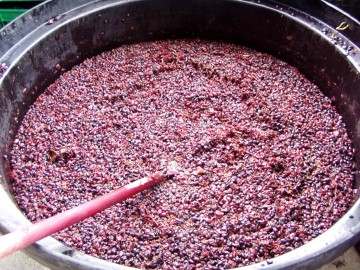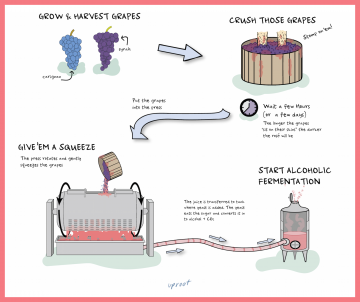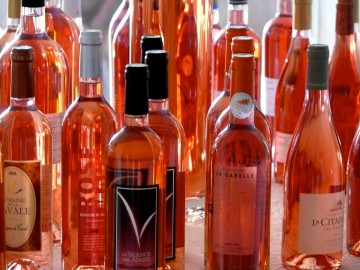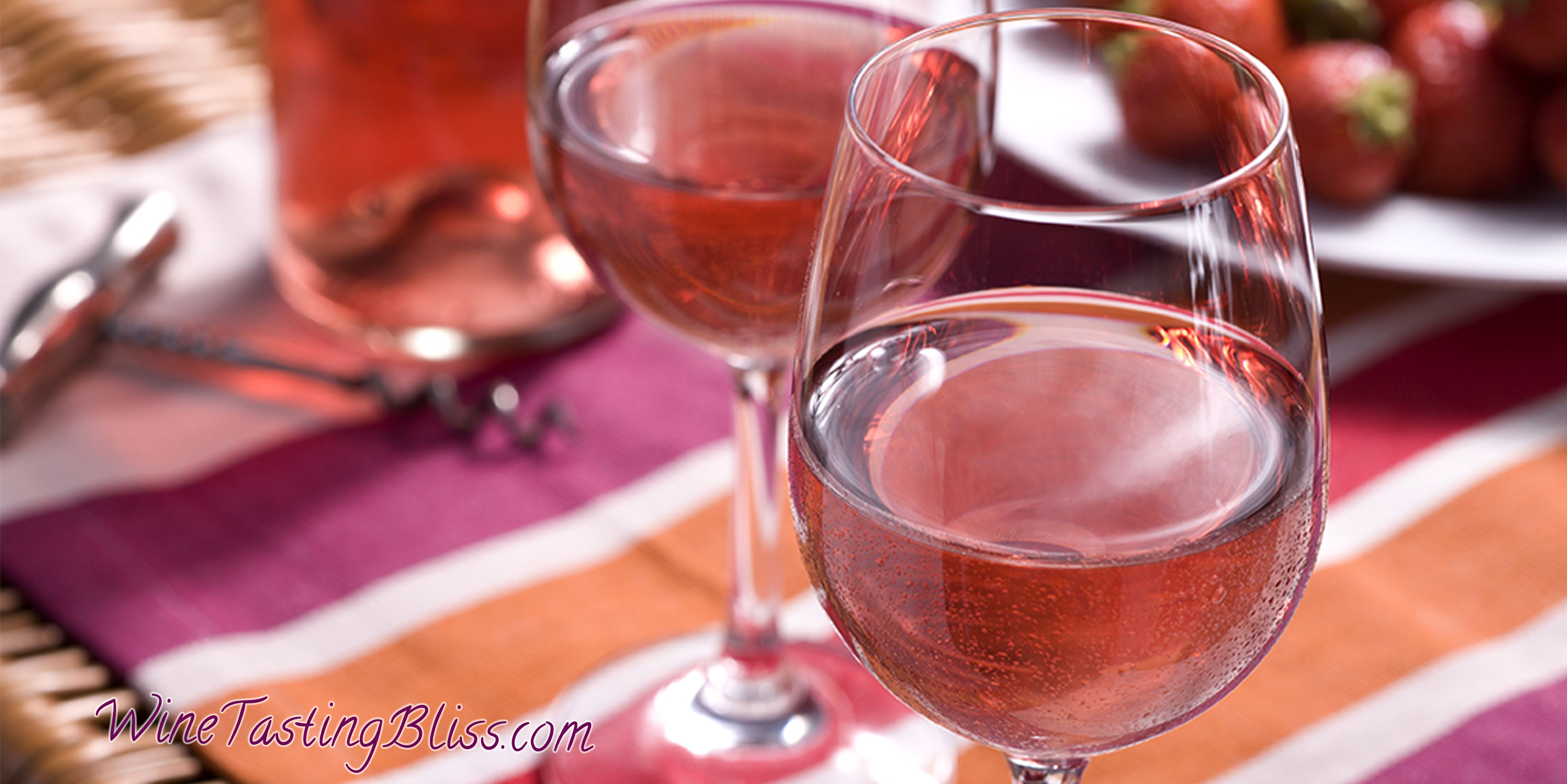Rosé wine has a long and storied history, soaring and plunging in popularity over the decades. Of late, rosé wine is enjoying a resurgence as wine makers produce a “not your parents’ rosé” in tune with modern trends.
Rosé wine is thought to be the very first style of wine produced. This was probably not an overt choice, but rather because it was the easiest type of wine to make. Pick some grapes, mash them up (often with hands and feet) and collect the juice. Once the juice ferments, wine is produced. The brief grape juice contact with the dark skins results in a pale pink color that we now call rosé.
During the Middle Ages, rosé wines from Bordeaux were among the most prized, with clarets accepted as premium quality, with the darker, true red, wines less desired because of their typically harsher flavors. Centuries later, rosé wines were still popular with the masses, usually focused on mid-sweet, high volume brands (think Mateus and Lancers).

Modern rosé production is largely unchanged, with red grapes macerated for only 12-24 hours (bursting the grape skin to release the juice to mingle with the skin and stems). During this time, the juice absorbs flavor, color, tannins, and antioxidants from the skins and stems. The brief absorption time means a lighter color (of course), but also a more delicate flavor. The lower antioxidant level reduces the wine’s resistance to the damaging effects of oxygen, meaning that the wine should be consumed relatively soon after bottling rather than cellared for years.

There are several other ways to produce a rosé. One method, mixing red and white wines, is actually unlawful in some jurisdictions, except when making champagne. Another approach to making rosé is to filter red wine through activated charcoal filters to remove much of its color. This also removes much of the flavor, unfortunately, so there are few wineries still using this technique.
In recent years, there has been a trend toward less sweet rosés. These dry wines are enjoying great success in the market, as wine lovers discover that these are not the cloyingly sweet wines of their youth. Many varietals are now being produced in a rosé style, allowing wineries to increase their estate wine menu without planting more varietals.
We have found quite a few rosés that we like. Ayrael Vieux has a rosé of Sangiovese as does Gianelli Vineyards. Darcie Kent makes a lovely rosé of Malbec. The Inner Sanctum and Rock Wall rosés of Grenache have a lot of fans, and Gossamer Cellars‘ Tempranillo rosé should not be missed.
 Not all rosé wines are participating in this surge in popularity equally. Nielsen (who knew they followed wine?) found that higher-priced rosés are seeing substantial, double-digit sales growth while lower-end rosés are actually dropping in sales volume. Apparently in this market space at least, quality will out.
Not all rosé wines are participating in this surge in popularity equally. Nielsen (who knew they followed wine?) found that higher-priced rosés are seeing substantial, double-digit sales growth while lower-end rosés are actually dropping in sales volume. Apparently in this market space at least, quality will out.
So the next time you are selecting a wine for sipping on a hot afternoon, give a new-style rosé a chance. You might be happily surprised!
About the Author: John grills a mean steak and is always in the market for another wine fridge. Believes that if a winery has more than 10 employees, it's probably too big. Buys wine faster than he drinks it, but who cares?



i’m SO happy rose is popular! i just picked up an Argentinian rose from BevMo and can’t wait to try.